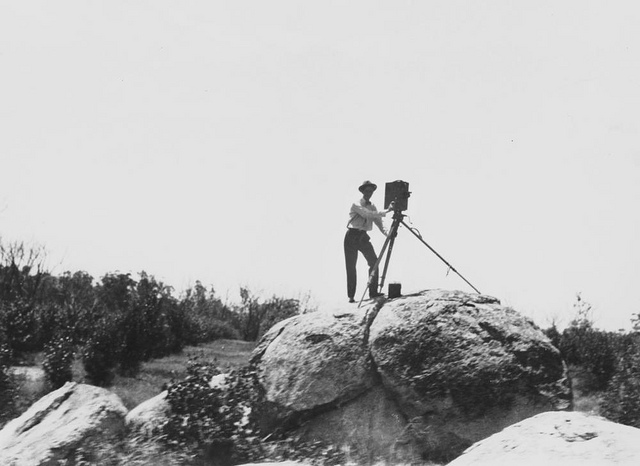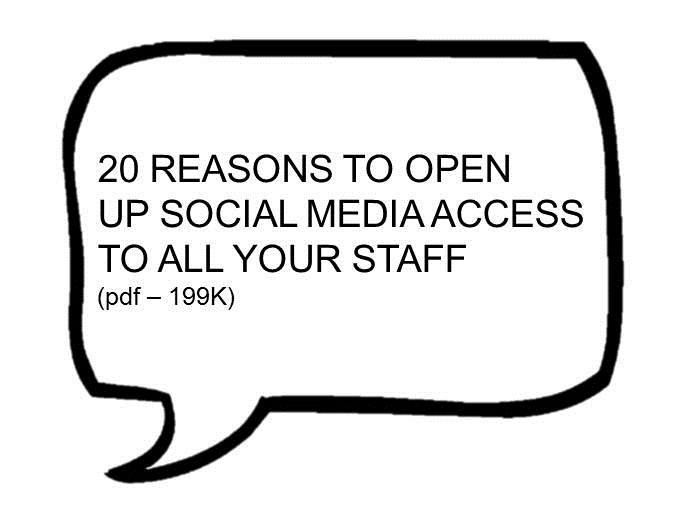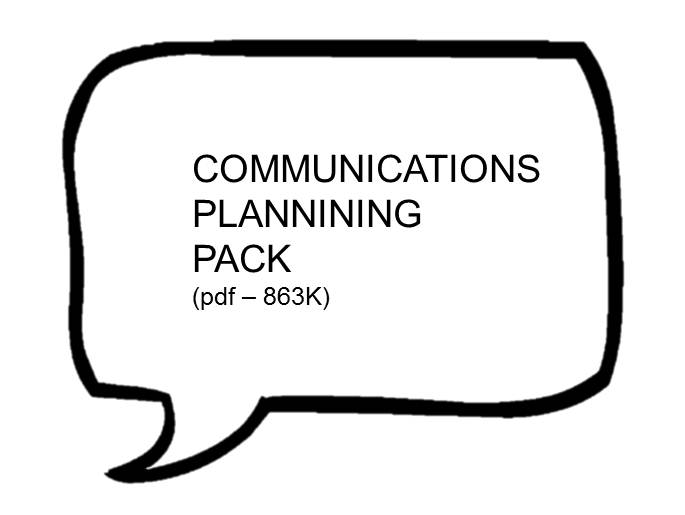 Monday, February 1, 2016
Monday, February 1, 2016 your new smartphone videos won't work unless you remember these five truths of communications
 Ofcom, and they should know, tell us that 70 per cent of the UK adult population have smartphones and more than half watch short-form videos. As comms people spot the need to create short videos there are still things they need to remember argues one experienced comms person.
Ofcom, and they should know, tell us that 70 per cent of the UK adult population have smartphones and more than half watch short-form videos. As comms people spot the need to create short videos there are still things they need to remember argues one experienced comms person.
I had two life changing experiences in one day recently.
Well, “life changing” may be overdoing it a little, but certainly perception-shifting or eyebrow-raising at the very least.
Experience 1 was taking part in the fab comms2point0 video workshop, by the end of which I had made (that is cobbled together) a short (and quite shockingly bad) video film of broadcast quality on my iPhone. Yes, ON MY IPHONE.
Experience 2 that night was sitting in my local Odeon watching a live feed of the great play Les Liaisons Dangereuses from the Donmar Warehouse, London.
Both were firsts for me, involved the snazziest new technology and got me quite excited (which for those that know me is as good as it gets).
Clearly there was a lot to get excited about: the iPhone I am told now gives you more computer power in your hand than NASA had throughout the 60s. The high definition digital tech used by national institutions such as the National Theatre and the British Museum brings live performances and exhibition tours to your doorstep for the ticket price of the latest dodgy Robert De Niro comedy.
The fact that warp speed tech can turn someone like me - someone who brings disrepute to the phrase “all fingers and thumbs” - into a potential professional video maker is wondrous in this day of visual comms and social media.
So too is the chance to sit transfixed by Janet McTeer’s great acting and Christopher Hampton’s witty script riding off the wave of digital ones and noughts.
But for me the real truth does not lie with the tech, wonderful thought it is. For me plus ça change, plus c'est la même chose. The more comms changes the more comms stays the same.
There were some good lessons coming out of Dan Slee's and Steve Davies’ video workshop, and the Donmar’s revival of a great play, that served to remind me of some old truths that are easy to forget in the rush to worship at the altar of Periscope:
Nothing beats a good story - an iPhone 6 or a great actor are for nothing if you can't grab, hold and excite your audience with a story that leaves them moved and changed. The public sector must have thousands of these stories.
People watch people - we want to observe and engage with real human beings not corporate suits reading a clever script, and I speak as a corporate suit. And if those humans are flawed just like us, then all the better (Le Liaisons Dangereuses should be called “The Human Comedy”). But be aware, you can’t fake authenticity.
An audience is an accidental group of individuals - Steve Davies called it “know thy enemy” but we must understand the people we are trying to communicate with and what gets them going. One-size-fits-all comms never works.
All those individuals are human - as a communicator you do not have a divine right to make me listen or watch. I’m lazy, I’m easily bored, I love being distracted. If allowed to, I will look at films of puppies all day (of course, not me, honest ) …..so your stuff better be good.
A flashy video is for nothing if it fails to make a difference - we don't communicate for fun; we communicate to deliver better lives for the people we serve. Think through the “why” of communications before you start doing the “what” and “how”. If your video or play has failed to at least inform and at best change someone’s views or behaviour, then it is for nothing - even if it is winning Oscars for best supported dress.
Paul Masterman is an independent communications adviser and interim manager.
 video
video 















Reader Comments (4)
Thanks, Paul and it was good to see you at the workshop - and for some really useful feedback.
I'd agree with much of this. It's important to have comms that has the goal of better lives.
However, I would add a healthy health warning that that the cut through to achieve people's attention to act to make better lives online can be slightly different. After five years looking after Walsall Council's social media footprint and looking at best practice elsewhere, I am an advocate of the 80-20 principle of content on the social web. That is, 80 per cent slightly fun, engaging content that earns the right 20 per cent of the time to successfully pitch calls to action. So, puppies is genuinely fine as it means your audience will wear your more serious stuff to change the lives of the people you serve.
It's something that Asda openly admit to and that many public sector profiles do very well at. I'm writing this remembering the Wolverhampton City Council video of a downpour that a press officer recorded and posted to Facebook. It got a stack of extra views, shares and more people 'liking' the page. In itself that didn't change the world. But it did make it easier the next time there was a call to action. As I often say, it's not messing about on the web it's a data driven hard-headed strategy to secure maximum return on investment.
You make some good, informed points Dan - as always. I don't think we disagree. The new tech gives good communicators a powerful tool to deliver messages compellingly in a medium that people are clearly using and enjoying. But we need to raise our game to ensure that the content - fluffy or serious - does cut through in a crowded market. Ultimately, though, we need to be clear why we are using the technology - 80/20 rule or not - and that means having a strong strategy in place that drives the tactics and which you can measure within an inch of its life.
You're right. And I think we agree far more than disagree. Having a good strategy is vital to know what you're trying to achieve whether its Coca Cola and selling Brown sugary liquid or Oxdown Fire Service and smoke detectors. If that means the direct route and that works that's fine. If it's the 80-20ness of social that's fine too. Just whatever works. It worries me sometimes that some folk often look at things in isolation and would dismiss the cat video when actually it's low cunning to get more folk lined up for the hard sell and key message. I'm not sure everyone understands that.
Whatever works, and low cunning does it for me, Dan! but you point is a subtle one and one which I missed until quite recently.